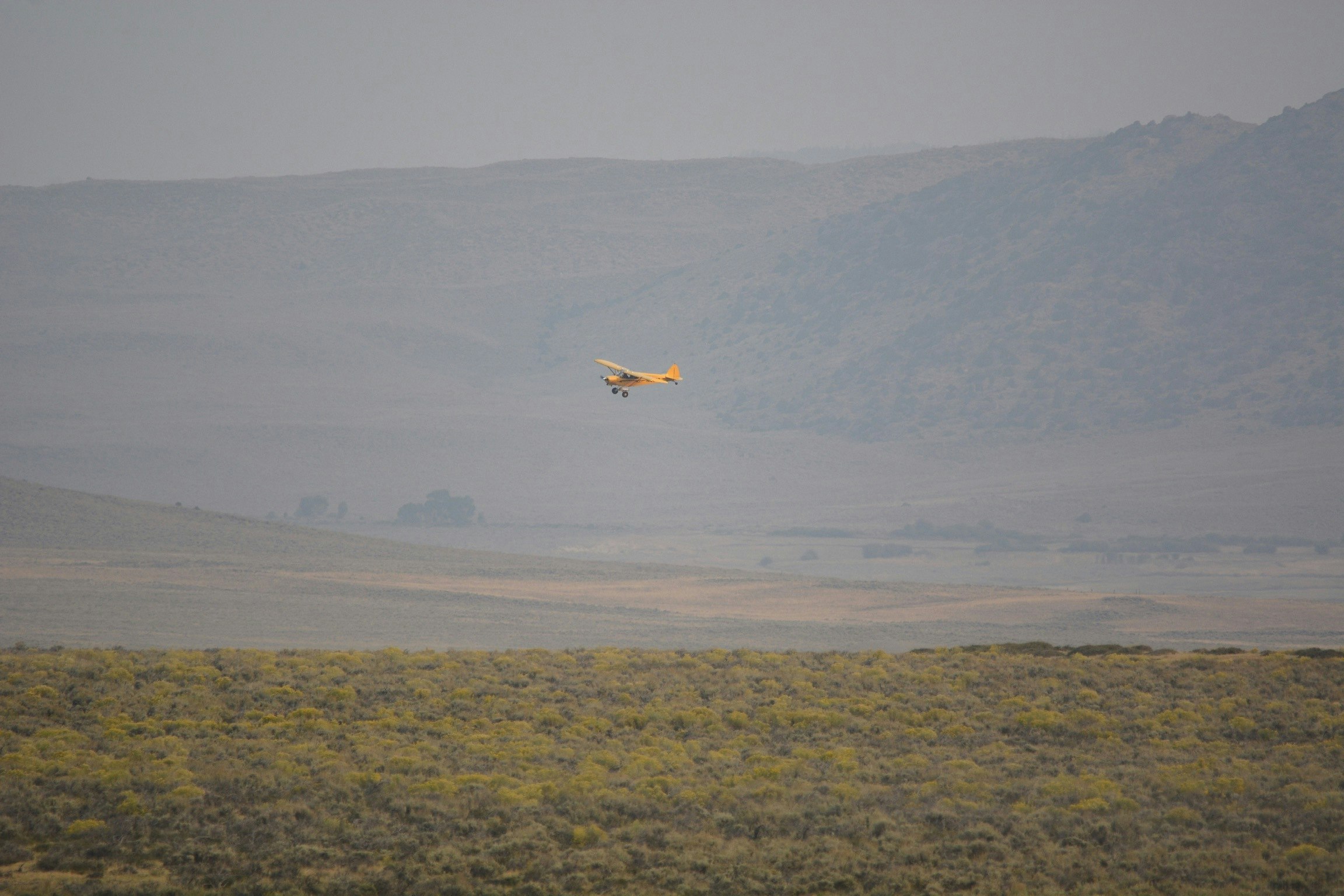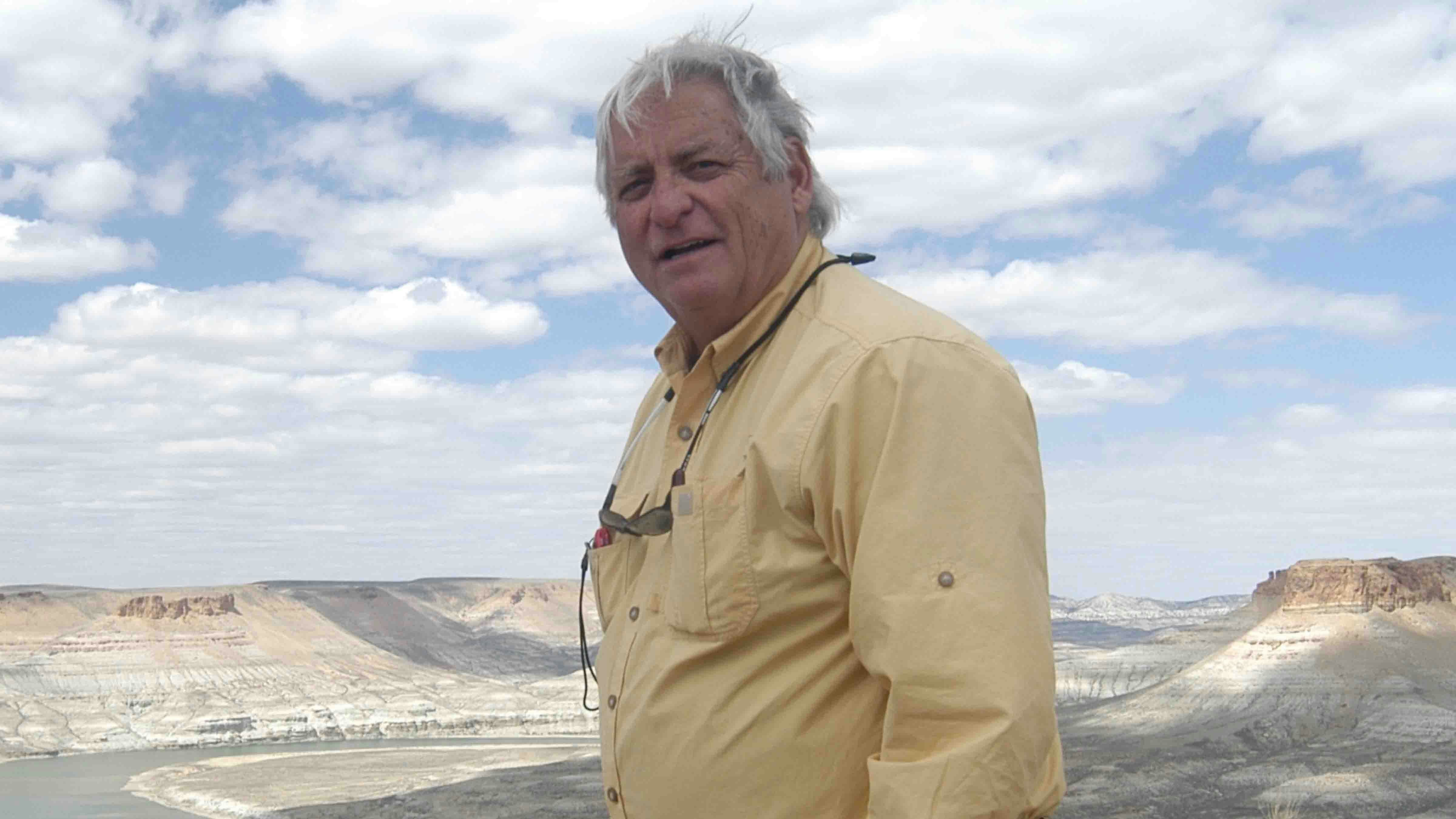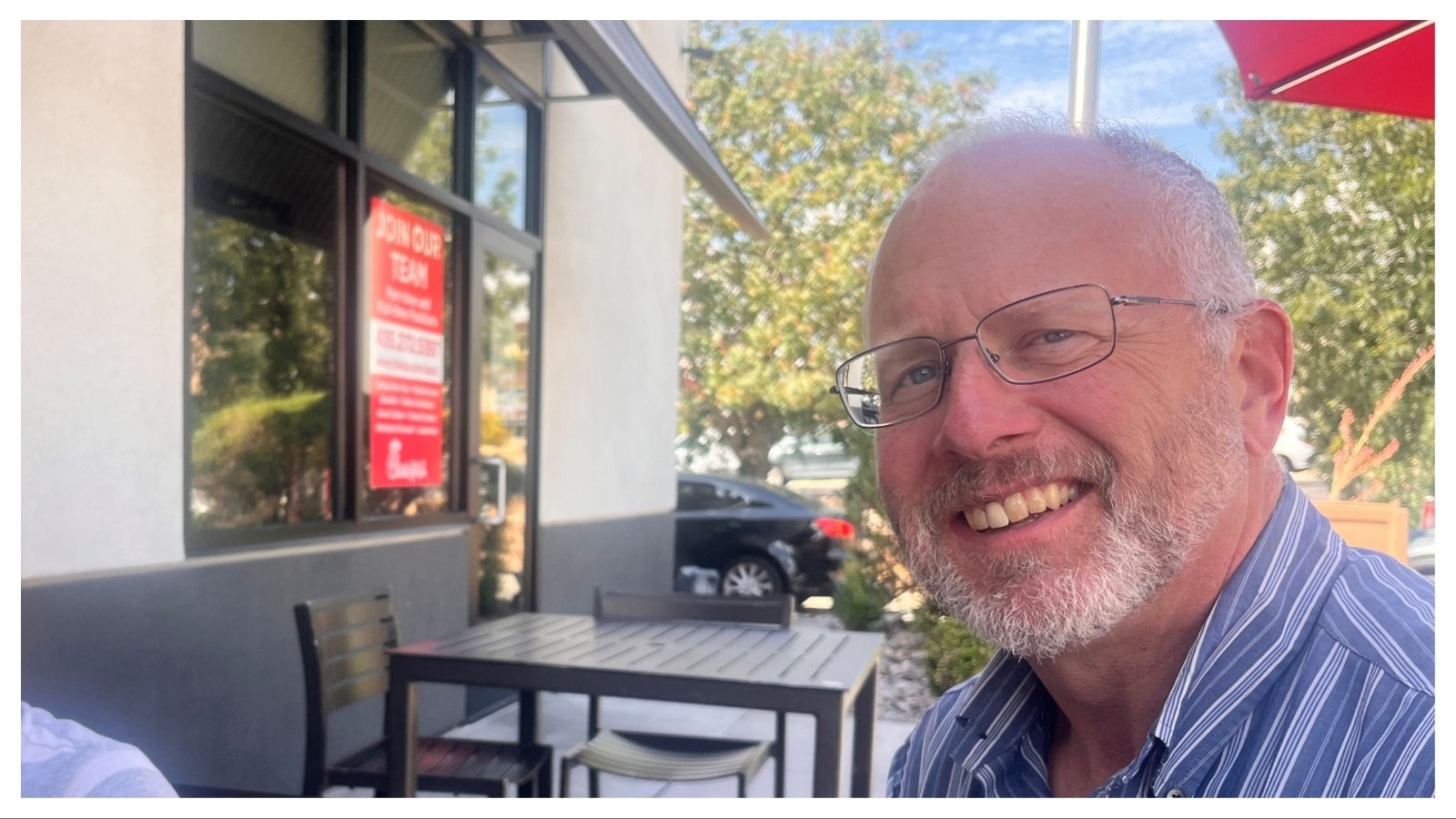By Cat Urbigkit, Range Writing columnist for Cowboy State Daily
I spent last week in our nation’s capital, one of 20 citizens from around the country gathered to serve on the national advisory committee for USDA Wildlife Services. The committee’s job isto provide recommendations to Secretary of Agriculture Sonny Purdue, on policies and program issues necessary to manage damage caused by depredating wildlife to safeguard our nation’s resources and safeguard public health and safety. Since Wildlife Services is tasked with resolving wildlife conflicts, much of what we discussed was about conflict.
From fellow committee members, we learned about the millions of dollars of bait fish and food fish lost annually to depredation by cormorants, and the inability to utilize measures to combat those losses due to a federal court ruling and the bird’s protect status under the Migratory Bird Treaty Act despite its abundance. That prompted discussion of similar conflicts involving other wildlife species protected under federal laws, from eagle and black vulture depredations on livestock, to conflicts involving large carnivores.
We learned about feral swine issues that plague most of the country, with an annual cost of more than $1 billion for damage and control efforts. Some states seek to eradicate this invasive species, while others use feral swine as an economic engine that funds wildlife agencies through license sales and wild pig hunting enterprises.
Wildlife Services personnel led the committee through thenational program to combat rabies in the United States, and its current focus on controlling the disease in raccoons. Although the canine rabies variant has been eliminated in the United States, wildlife populations continue to harbor the disease, with raccoons responsible for spillover infections into dogs, cats, and other wildlife species. Last year Wildlife Services distributed more than 10 million vaccination baits in 17 states to reduce rabies in wildlife. Rabies has the highest mortality rate of any known disease on the planet, and still kills one person every nine minutes globally, so the importance of this program to publichealth can’t be overstated.
Although our discussions moved from one conflict to another, our recommendations targeted methods to minimize or reduce conflict.
We talked about chronic wasting disease in ungulate populations, and how to position Wildlife Services and its National Wildlife Research Center to assist state and tribal governments in advancing scientific understanding of this disease to help combat its spread in ungulate populations.
We advanced recommendations on providing for emergency response to natural disasters, animal disease outbreaks, and other national emergencies, as well as emerging wildlife conflict issues and techniques to minimize these conflicts.
We expressed support for the development and registration of wildlife toxicants for lethal control of depredating animals, and to continue the use of existing toxicants, including M-44 devicesfor coyotes and sodium nitrite for feral swine. As animal activists work to eliminate each method of lethal control of problem animals (either through litigation or the ballot box), it’s important that Wildlife Services continue to be innovative in method development.
The use of lethal methods to resolve wildlife conflicts will remain a hot-button issue for some members of the public, and we recommended that Wildlife Services become more proactive in communicating the positive impacts of protecting resources through integrated wildlife damage management, and the relevancy and value of Wildlife Services activities to the public’s quality of life.
And no surprise to those who know me, I worked with biologists on the committee to advance a recommendation addressing scientific research, urging publication of objective science-based reviews that incorporate economic and ecological effects of wildlife damage management and the value of wildlife management for the promotion of healthy ecosystems.
Wildlife Services employs a fleet of about three dozen aircraft for conducting wildlife damage management and emergency response nationwide. From dropping rabies vaccine baits in eastern states, to capturing and tagging various species, and aerial gunning of targeted predators in the West, the aviation program involves high-risk flying, often at low altitudes and relatively slow speeds. Aviation safety has to be a top priority within the agency, and the committee’s recommendation was that the Secretary of Agriculture create and sustain the Wildlife Services Aviation Center of Excellence in Cedar City, Utah to focus on providing unmatched training services to personnel, to modernize and standardize the agency’s aerial fleet, and to encourage pilot recruitment and retention.
Although Wildlife Services may make headlines for killing millions of animals each year, those headlines never reflect that half of those animals were invasive species, and that 80 percent of the millions killed were starlings or blackbirds actively causing damage. The headlines should have read that the agency protected more than 8 million head of livestock last year, andprotected 185 threatened or endangered species, and protected the flying public at more than 800 airports.
Contrary to the slant adopted by animal activists, this agency isn’t rogue or secretive. Want to know how many animals the agency has killed in each state, for any species, any given year?It’s all available on the agency’s website.
Wildlife conflict management isn’t an easy or pleasant task, but it is necessary. The issues addressed by this federal agency have far-ranging impacts to human and animal health, public safety, and food security.
Cat Urbigkit is an author and rancher who lives on the range in Sublette County, Wyoming. Her column, Range Writing, appears weekly in Cowboy State Daily. To request reprint permission or syndication of this column, email rangewritesyndicate@icloud.com.





